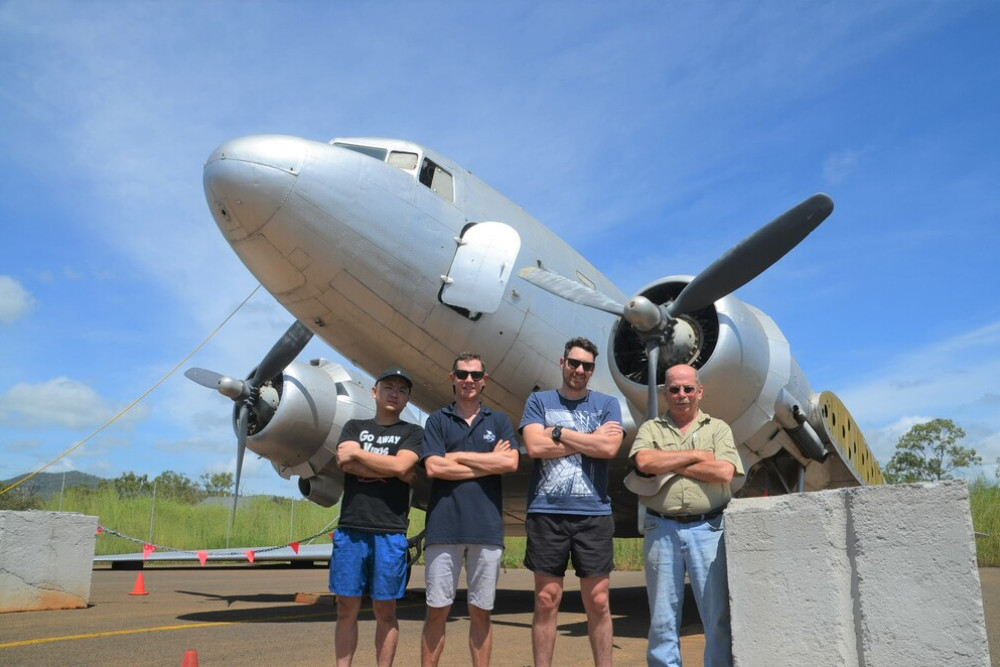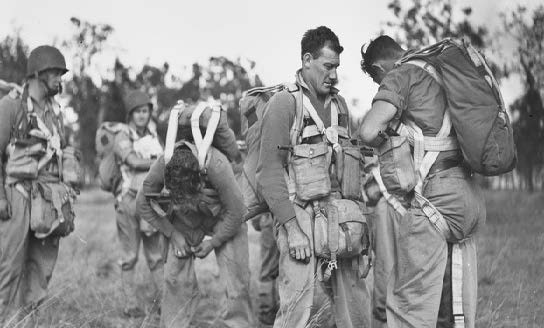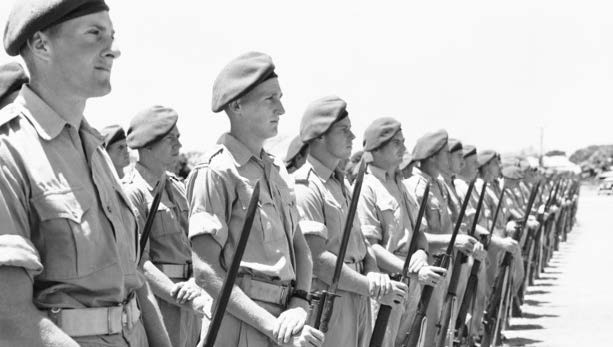Community & Business
29 March, 2022
Looking back to bring memories alive
A PHOTO capturing the history of Mareeba’s Airport could be featured in a largescale mural, as part of the 80th anniversary celebrations of the historic site.

The Mareeba Airport turns 80 years old this May and to mark the millstone, the Far North Queensland Aviation Museum (FNQAM) is asking members of the public to dig deep through their archives to help bring memories back to life of previous airport days.
Every photo, letter or journal donated will help create a timeline that will be painted across the airport’s main entry, which is currently the blank wall facing the Kennedy Highway as you leave Mareeba towards Atherton.
FNQAM director Brendan Kent and the team have been in contact with local historical societies and government agencies to track down pictures dating back to the early 40s, in hopes to get the most accurate representation of the airport’s history.
Now they’re calling on the public to help fill in any missing pieces.
“We’ve had a couple of people get in touch, but we haven’t had too many photos come through yet and we want to get the word out to let people know we are looking for them,” he said.
“We applied to the Regional Arts Development Fund to get a new mural painted at the front as, at the moment, when people drive past all they see is a blank wall.
“We are looking at featuring different types of aircraft and aviation industries such as WWII, crop dusting and helicopter mustering – it will be the first and last impression for people coming into Mareeba.”
Subject to funding, the team will also be putting together a documentary-styled film with the any donated material to give a modernised look back in history.
FNQAM secretary Paul Hobson believes somewhere out there are families with some amazing history hidden away in their back cupboards.
“I am sure there are a few families out there who might have had family members work here that have albums just sitting there and they probably don’t know this place exists still,” he said.
“We want to try and get those photos scanned and put them together in a few months.”
So far, the team has managed to find some archives such as maps and images, but some have become a victim of time, with many damaged or have been copied so many times it’s hard to read.
Anyone who has anything relating to the Mareeba Airport are encouraged to send a copy through to the FNQAM via email at admin@fnqam.com.au or to visit them at the JRM Braes Road Facility, at the Western end of the airport on Thursdays and Saturdays.
Steeped in history...
STARTING out as a base for military training during World War II, the Mareeba Airport has come a long way over the past 80 years, providing a spectacular touch down for tourist, locals, military and farmers since opening in 1942.
The Mareeba Airport’s origins date back to the war, where a desperate need for a tarmac and military base became the drive for eight days of construction of the first airstrip.
FNQ Aviation Museum’s, Brendan Kent, explained that the Battle of the Coral Sea was becoming intense, and military personnel from both Australian and the United States of America needed a safe place to touch down, reload and refresh.
“The Battle of the Coral Sea was happening in early May 1942, so the need to establish an air base up here for the Royal Australia Airforce (RAF) and the USA Airforce (USAAF) and that is why it came to being,” he said.
“This particular base also had the first parachute battalion, which was the first operational airborne unit in Australia.”

The unit was declared operational in 1944, and the battalion was moved to Mareeba where they participated in many parachute operations from aircraft Dakota C-47, which today is being rebuilt by the museum volunteers.
The battalion played a huge role during the war, being the first of its kind to airdrop military personnel with weaponry such as deadly short 25 Pounder guns.
USSAF bomb squadrons also made Mareeba their base after moving from Cloncurry and affectionately and unofficially named the airstrip “Hoevet Field” after Major Dean Hoevet, whose B-17 aircraft crashed into the sea off Cairns in August 1942, losing himself and his crew to the Pacific.
Throughout early 1943, USSAF used the “Hoevet Field” airstrip for returning bomb squadron crews to re-equip themselves with new B-24 Liberator bombers and returning to the front lines.
FNQAM also recognises the people behind the scenes during the times of the war, including the support people, base services and the fitters who worked in the airport tirelessly to help protect the country.

FNQAM director David Falls explained throughout time those people were forgotten, but said that without their incredible work, the airport’s history would have been shaped very differently.
“The airport didn’t see much advancement after the war, until Mareeba Shire Council made the ‘brave proposal’ to expand on the airport’s facilities over the last few years,” Mr Falls said.
“It was a huge step for the airport, with many aviation organisations making use of the space, leasing the land and building hangers for their aircraft.
“The Airport is now mainly used as a training base for some fellas in the military and they have a flight training complex that they use, there’s a few maintenance complexes and rotor work for the helicopters.
“NQ Aero Club also moved up here a few years ago because Cairns was getting too expensive and busy, and they couldn’t teach people to fly properly when you have commercial jets coming the other way and they never have a standard circuit.”
As new hangers and new organisations make the move to the Mareeba Airport, FNQAM has a vision of a multi-purposed airport that will continue to host aviation enthusiasts from across the region.



